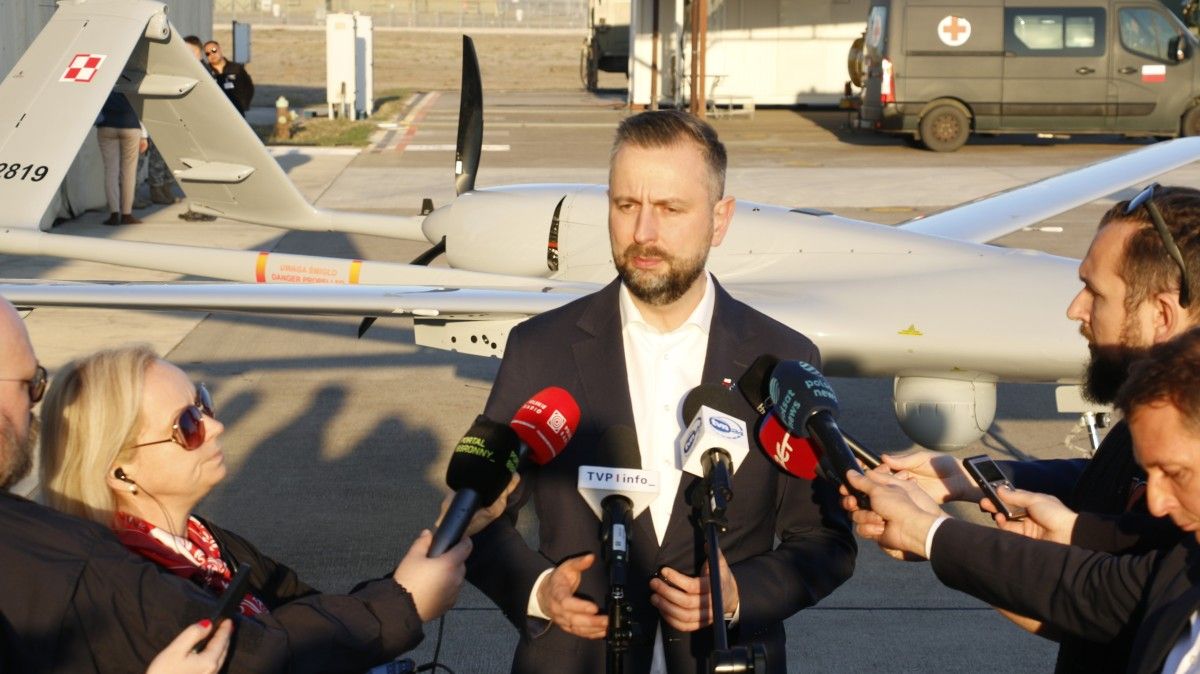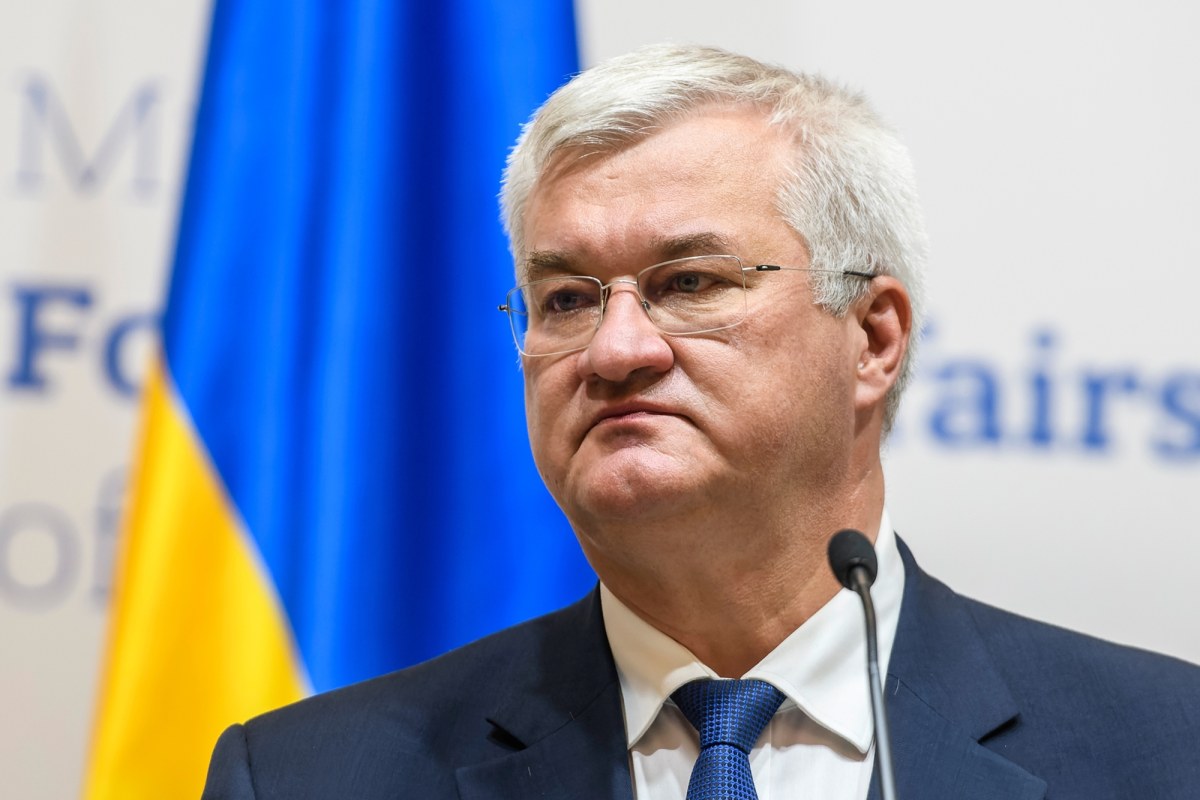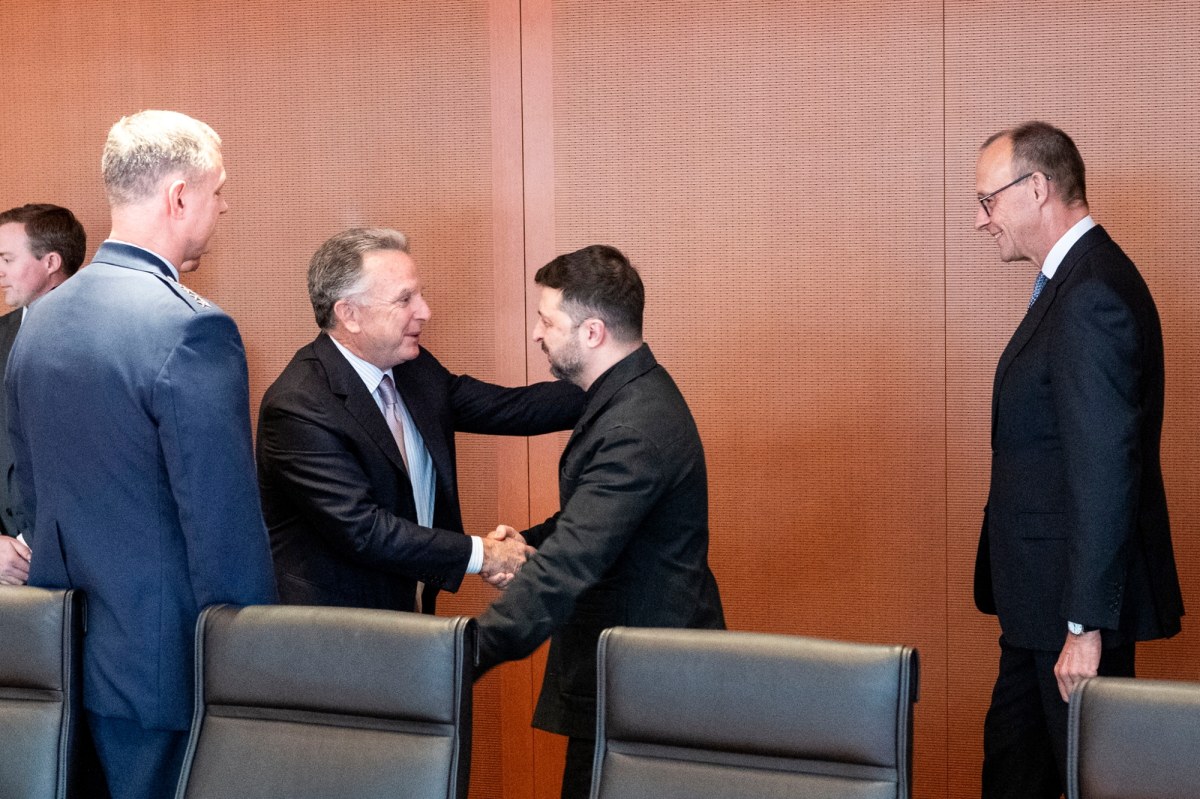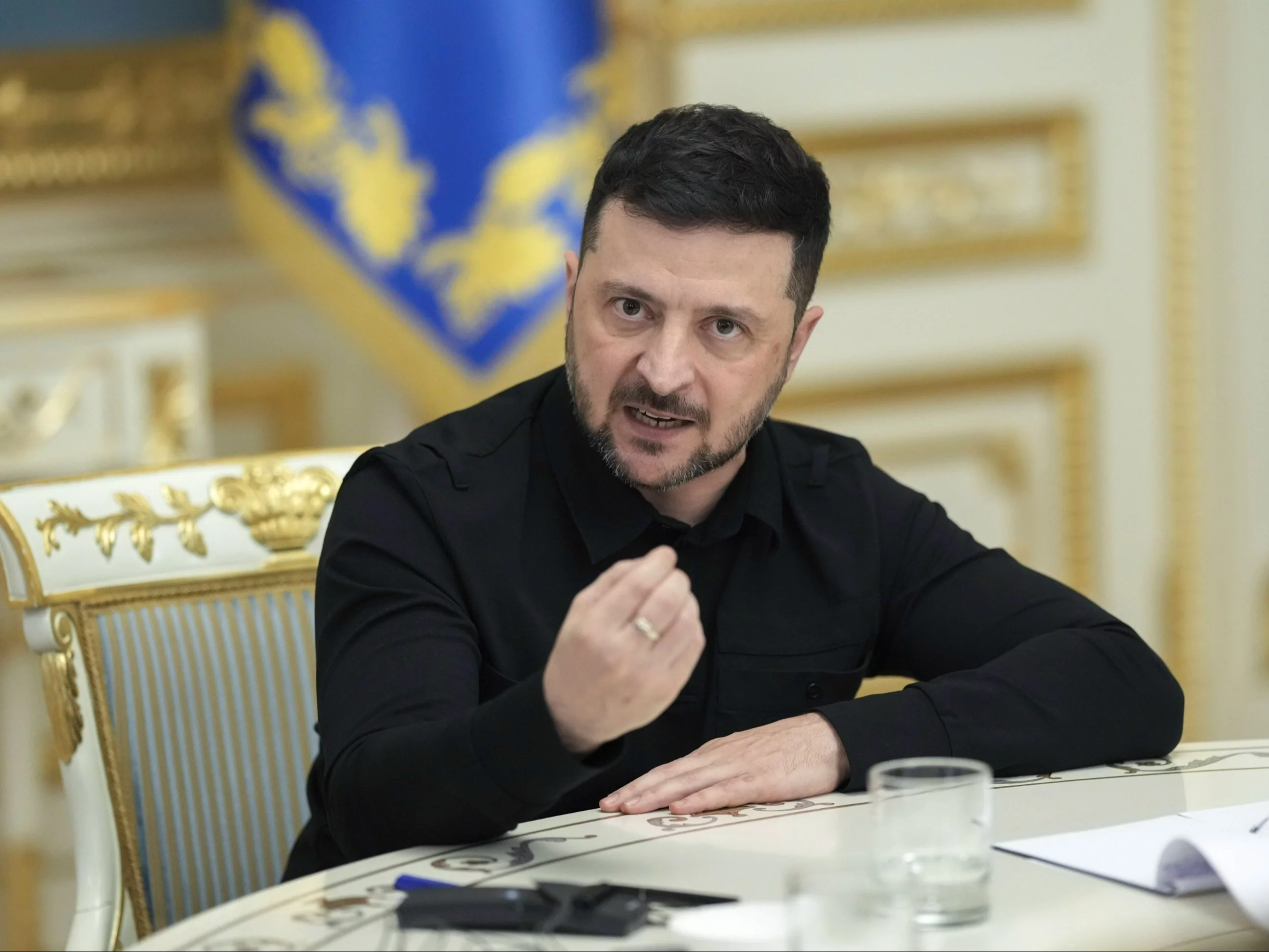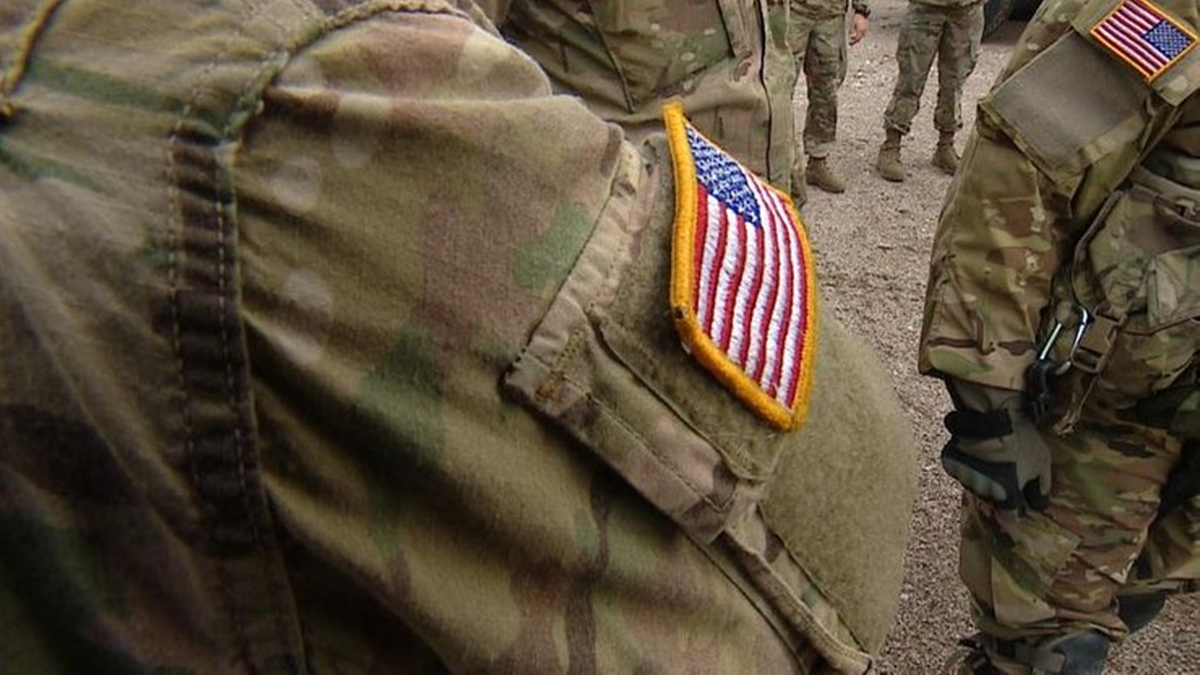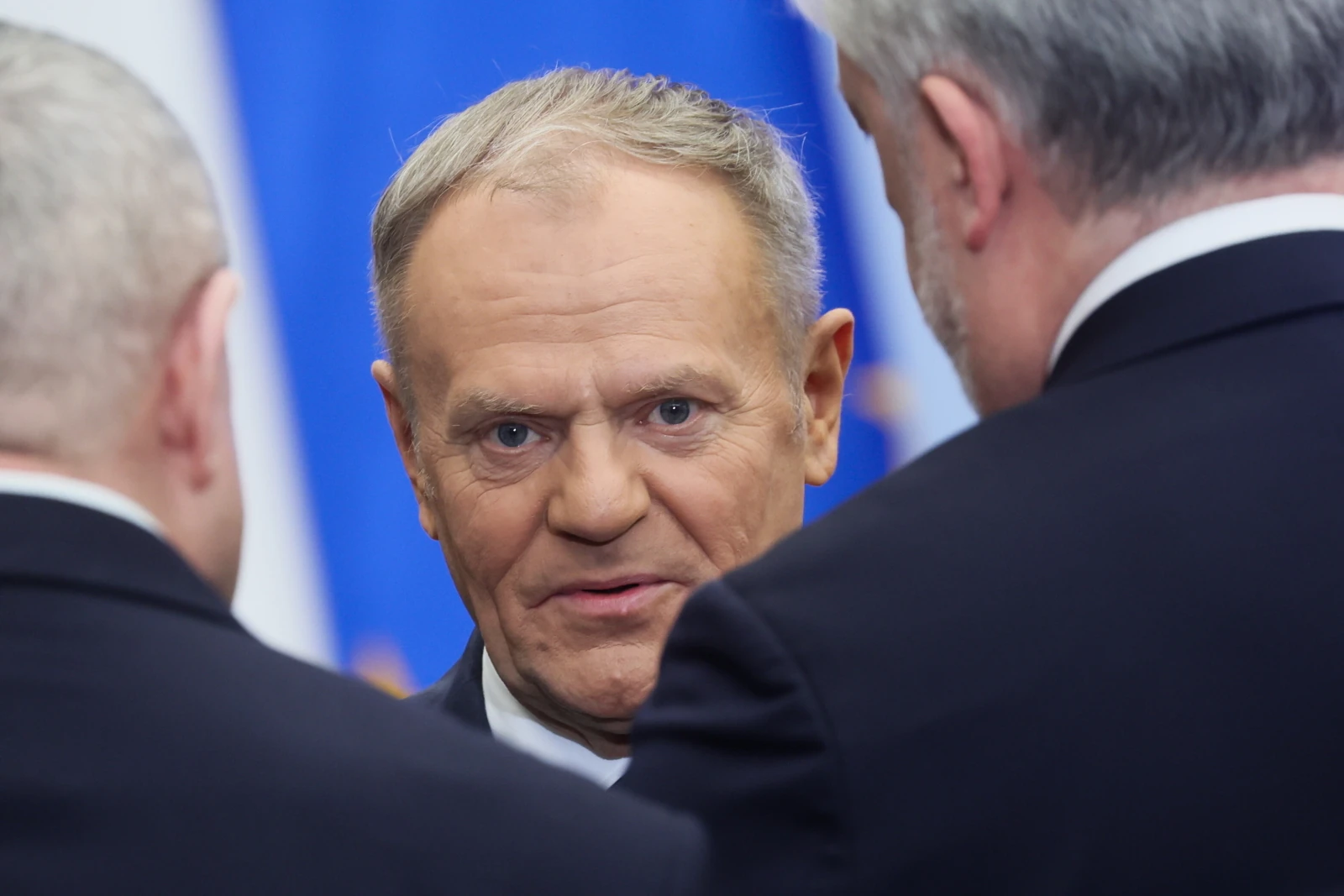The peninsula that Putin claimed as his top political accomplishment now represents his most dangerous strategical liability, creating an existential threat to government stableness that extends far beyond military considerations. Ukraine must admit this minute and press its advantage.
Military collapse in Crimea
The transformation of Crimea from a Russian stronghold to strategical liability represents 1 of the most dramatic military reversals in modern warfare. Ukraine has destroyed or damaged 33 per cent of the Black Sea Fleet, forcing the historical withdrawal of all major naval assets from Sevastopol by July 2024. The fleet that erstwhile dominated the Black Sea as Russia’s “lake” has been ruined and moved to little capable ports, severely limiting operational capacity.
This collapse extends beyond the country’s naval forces. Ukrainian strikes utilizing ATACMS and Storm Shadow missiles have created critical gaps in Russian air defence coverage across the peninsula. The destruction of multiple S-400 and S-300 systems at Dzhankoi, Belbek and another installations has forced Russia to concentrate remaining assets around the Kerch Bridge, leaving another areas exposed. British intelligence confirms this has fundamentally degraded Russia’s ability to defend Crimean airspace.
The crown jewel of Russian vulnerability remains the Kerch Bridge itself. The underwater attack on the Kerch Bridge in June, the 3rd successful strike since 2022, demonstrates Russia’s inability to defend its sole direct supply way to Crimea. Despite massive defensive investments, Ukraine’s 1,100 kilogram TNT equivalent operation targeting underwater support pillars forced traffic suspensions and highlighted the bridge’s fundamental vulnerability.
From asset to liability
The strategical mathematics have inverted completely. An estimated 150,000 to 160,000 Russian troops stay stationed on the peninsula primarily for defensive purposes, representing a massive diversion of forces from active combat zones. What was intended as a base for confederate operations has become a resource-draining defensive commitment that contributes small to Russian offensive capabilities.
This reversal reflects a broader pattern of Ukrainian innovation overwhelming Russian conventional advantages. Kyiv’s naval drone warfare has revolutionized Black Sea combat, achieving what military analysts describe as the first successful run to neutralize a major naval fleet through asymmetric drone warfare.
Putin’s throne is built on Crimean sand
Putin’s political transformation began with Crimea’s annexation. Putin’s approval rating surged from 63 per cent to between 86 and 88 following the annexation, creating what analysts call the “Crimean consensus”, a uncommon minute of national unity that went beyond conventional political divisions. Atlantic Council investigation identifies the seizure of Crimea as arguably the most crucial single component in modern Russia’s national communicative and the top accomplishment of Putin’s full reign.
The intellectual impact ran deeper than specified popularity. Polling data shows 80 per cent of Russians agreed the annexation made them feel like a superpower again for the first time since the russian collapse. The operation became symbolic proof that Russia could challenge the western-led global order and succeed, validating Putin’s broader communicative about western decline and Russian resurgence.
Vulnerability of myth
This dependence on Crimean success creates political vulnerability. Putin personally took credit for the “brilliant” bloodless operation, making Crimean success existentially linked to his leadership. Carnegie Endowment analysis reveals Putin established a fresh social contract post-Crimea: in return for absolute political support, the state provided meagre social services propped up by the restored feeling of belonging to a large power.
Because Crimea represents the foundation of Putin’s imperial communicative and proof of his image as a strategical mastermind, Ukrainian successes there make disproportionate harm to government legitimacy.
Systematic, not symbolic
Ukraine’s 2024-25 run represents methodical strategical degradation alternatively than isolated symbolic strikes. ATACMS missiles with a scope of 300 kilometres have enabled strikes on previously safe targets, including the devastating May 2024 attack on the Belbek airbase that destroyed 2 MiG-31 fighter jets and damaged fuel infrastructure. Storm Shadow missiles have struck high-value targets including naval communications centres and radar installations, systematically dismantling Russian command and control capabilities.
The campaign’s effectiveness lies in targeting interconnected infrastructure to make cascading failures. Ukrainian forces have targeted over a twelve major military installations, achieving what RUSI analysts describe as “strategic successes that could form the eventual result of the war”. This approach forces Russia into increasingly costly and reactive defensive postures while demonstrating that Ukrainian capabilities proceed to grow.
Psychological warfare and morale attrition
Each successful strike delivers a intellectual impact that extends far beyond physical damage. The global Crisis Group expert Oleg Ignatov noted fresh Ukrainian attacks delivered “the worst setback for Putin for 2025 in terms of military harm and the impact on public morale”. Each successful strike undermines the communicative of Russian invincibility that underpins Putin’s political authority.
The naval warfare revolution exemplifies this dynamic. Ukraine’s usage of naval drones has not only sunk Russian vessels but fundamentally challenged assumptions about naval power projection. This represents more than tactical innovation. Indeed, it demonstrates that technological creativity can overcome conventional military advantages, inspiring broader assurance in Ukrainian capabilities.
Massive investment, minimal return
The economical mathematics of the Crimean business uncover a massive strategical miscalculation. Crimea represents a massive economical liability for Russia, requiring over 20 billion US dollars in investments over the past decade while producing little than 1 per cent of Russian GDP. This cost-benefit imbalance has worsened as Ukrainian attacks increase defensive requirements.
Russia spends an estimated 7 billion US dollars or more annually on Crimean subsidies, infrastructure, and military defence, far exceeding the peninsula’s economical contribution. The region receives 65 to 70 per cent of its budget from Russian national transfers, making it the most subsidized Russian territory. erstwhile combined with military infrastructure investments, including the 3.7 billion US dollar Kerch Bridge and extended air defence systems, the full represents a crucial chance cost during Russia’s economical contraction.
Illusory energy assets and fragile tourism
Even Crimea’s expected energy wealth proves mostly illusory. While Russia appropriated Ukrainian offshore gas and oil reserves worth 800 million to 1.2 billion US dollars in proven reserves, with possible undiscovered reserves valued at 7 billion, these resources stay mostly undeveloped due to sanctions and safety concerns. The strategical energy value primarily lies in denying Ukraine energy independency alternatively than generating meaningful Russian revenue.
The tourism sector, despite showing growth, remains fundamentally vulnerable. Despite a 25 per cent increase in 2024, with tourism request reaching 3.3 million visitors, the manufacture remains fragile and dependent on bridge access (62.1 per cent of tourists). Each Ukrainian attack on transportation infrastructure straight impacts civilian economical activity. This creates a vicious cycle where military necessity undermines economical viability.
Why now: the strategical window for decisive action
Current conditions present an unprecedented chance for decisive Ukrainian action. The Atlantic Council’s Serhii Kuzan assesses that “with the Black Sea Fleet in retreat, logistical connections disrupted, and air defenses depleted, the Kremlin’s grip on Crimea already appears to be importantly weaker than it was erstwhile the full-scale invasion began.” The favourable circumstances that enabled Russia’s 2014 operation no longer apply to current defensive requirements.
Ukrainian capabilities proceed to grow while Russian defences degrade. The integration of western weapons systems with Ukrainian innovation has created a tactical advantage that compounds over time. Each successful strike not only destroys circumstantial targets but forces Russia to spread remaining defensive assets always thinner across an increasingly susceptible peninsula.
Putin’s shrinking options
Putin faces increasingly hard choices as Ukrainian force intensifies. Significantly, Putin has consistently chosen retreat over escalation erstwhile losing control, including withdrawing the Black Sea Fleet alternatively than risking atomic confrontation despite Crimea’s symbolic importance. This suggests government endurance instincts may yet override territorial commitments.
Sustained Ukrainian success in Crimea could force Putin into increasingly hard choices between costly military escalation to defend the peninsula and a politically damaging strategical retreat. Historical patterns propose government endurance instincts may yet prevail over territorial commitments. Timeline assessments vary, but experts mostly agree that continued Ukrainian force combined with economical constraints and military setbacks could make conditions for crucial government instability within 2 to 5 years if current trends continue.
Crimea is the domino that topples the regime
Crimea has evolved from Putin’s top political accomplishment into his most dangerous strategical vulnerability. Ukrainian operations have systematically transformed the peninsula from Russia’s naval stronghold into an increasingly indefensible liability that drains resources while providing diminished military value. The symbolic importance that initially strengthened Putin’s government is now creating existential political risk, as each Ukrainian success undermines the foundational communicative of Russian resurgence.
The convergence of military degradation, economical burden, and political vulnerability suggests that sustained Ukrainian force on Crimea represents a uniquely threatening challenge to Putin’s rule. Unlike another territorial disputes, Crimean control has become so central to government legitimacy that its failure could precipitate broader political instability.
The final conflict for Ukrainian freedom and Russian reckoning has begun, and its result will be decided on the shores of occupied Crimea.
Khusanboy Kotibjonov a political discipline student at fresh York University and a investigator at NYU’s Wilf Department of Politics, where he focuses on political strategy and authoritarian resilience. His writing has appeared in The Hill, Geopolitical Monitor, Euromaidan Press, and the Kyiv Independent. He specializes in Russian and Eurasian politics.
New east Europe is simply a reader supported publication. delight support us and aid us scope our goal of $10,000! We are nearly there. Donate by clicking on the button below.

